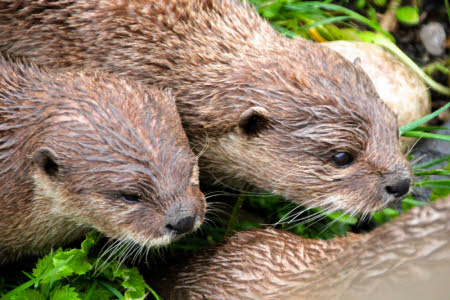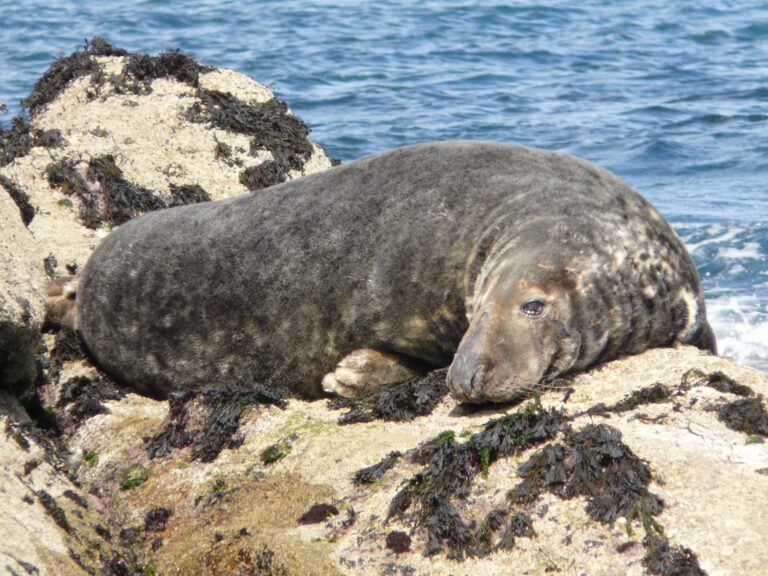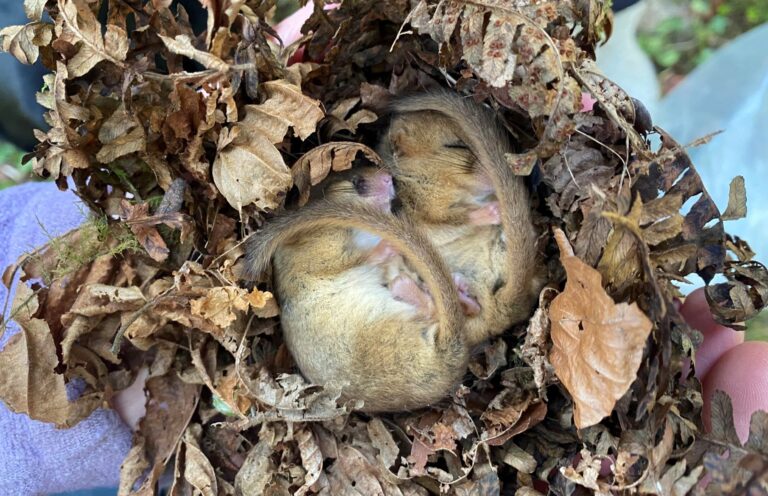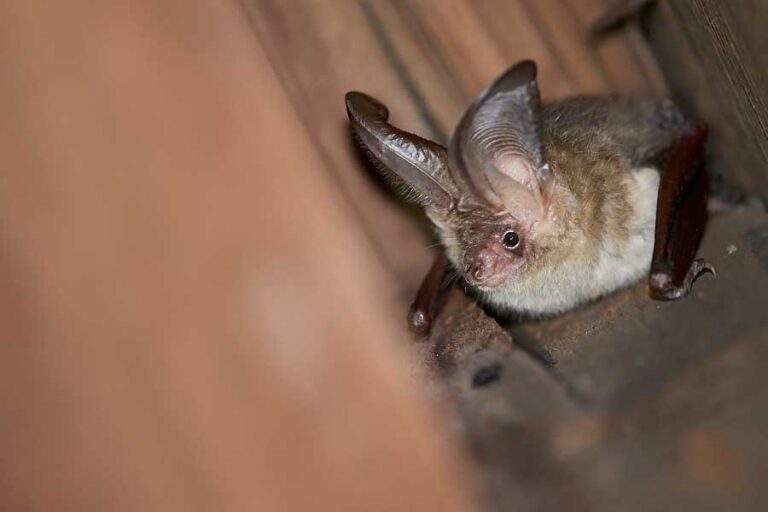To be written when have an overview
Highlight importance of small common mammals (voles) as food etc…
Highlight importance of small common mammals (voles) as food etc…
These are set out for the different groups, see links below.
xxx
Increase the abundance and distribution of mammals across Devon, particularly those identified as Focus Species.
See Find out more below for detailed guidance and sources of funding and advice.




To be written when we have an overview
Join Devon mammal group
Case studies and Where to visit will be agreed following discussion through public consultation period and then finalised.
See info for the different groups in the links above
Add more links and tidy up, and finalise following discussion through public consultation.
Devon Mammal Group is open to anyone with an interest in mammals. They organise talks and events and lead the Devon Harvest Mouse Project.
The Mammal Society website has information on all species, including how to identify them or their signs (such as tracks and droppings).
IUCN approved Red List for Britain’s Mammals.
The JNCC Conservation Designations for UK Taxa 2023 contains data from the
JNCC, NE, NR, NatureScot and NIEA © Copyright and database right 2023.
JNCC UK BAP List of UK Priority Species 2007
The NBN Atlas has species records and a search function that pulls up records for a specific area. Health warning: The Atlas shows records submitted and not the actual distribution of species. Therefore absence on the map does not mean absence. Some of the records are also quite old and the species may no longer be present.
Devon Biodiversity Records Centre (DBRC) collects, manages and makes available records of wildlife. Note: they may charge depending on the reason for the request.
iNaturalistUK helps you identify wildlife and share records.